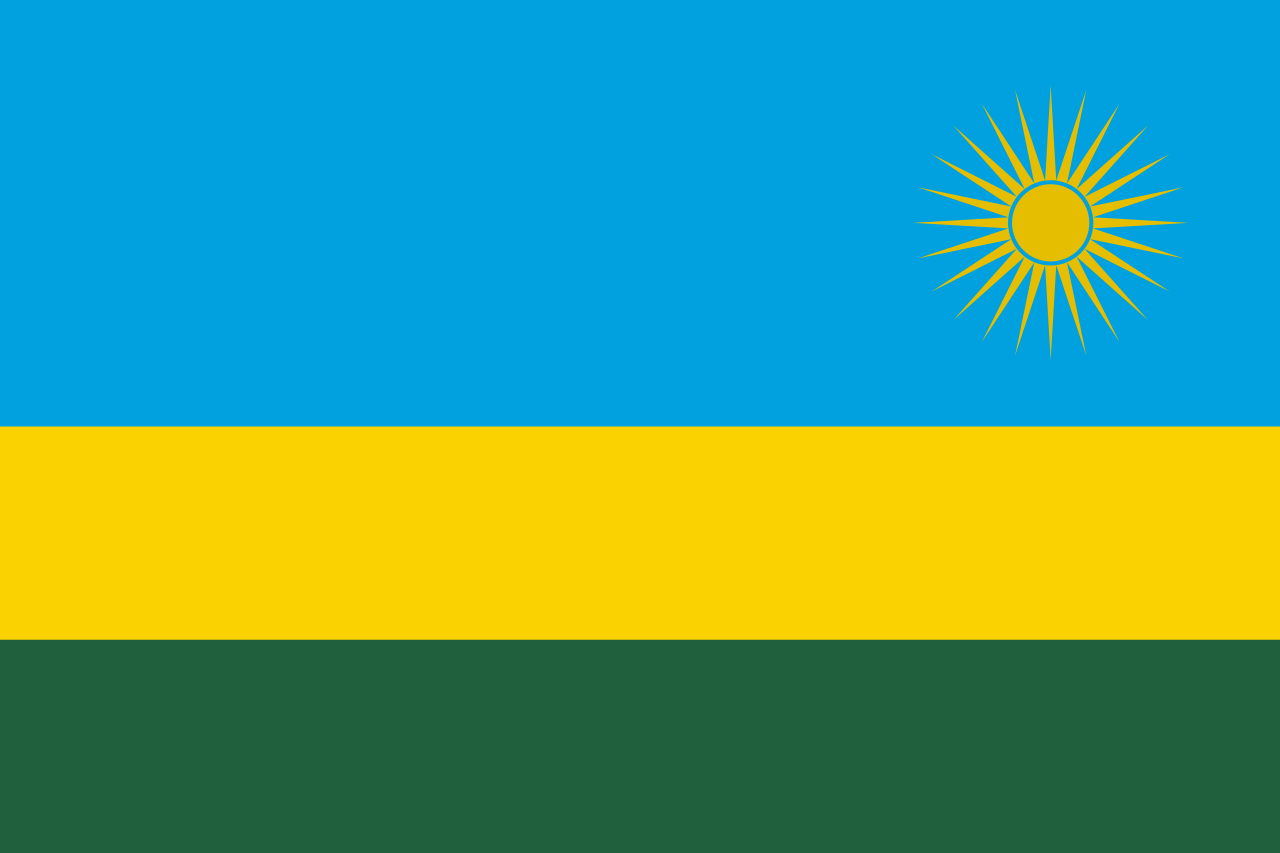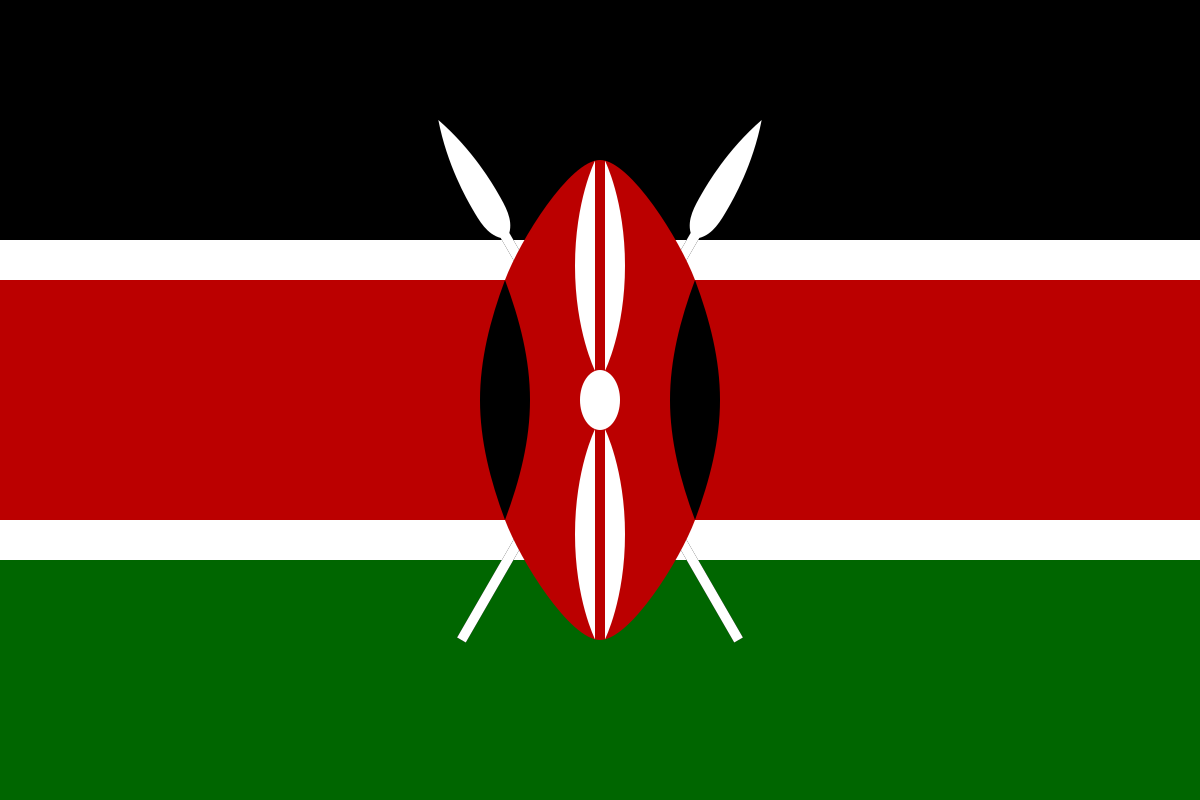The World Bank has revealed that Tanzania's economic growth model is not inclusive enough as a result trapping many into the poverty cycle.
In its recently issued Country Economic Memorandum for Tanzania report titled Privatising Growth, World Bank also stated that many poor Tanzanians have come out of poverty in recent years, but many have fallen into it, too.
The bank said many Tanzanians are “clearly exposed to frequent income shocks; highly sensitive to such shocks, as they tend to own few assets; and they have limited access to social protection”.
“The prevalence of income shocks is clear: the median consumption per adult equivalent in 2021 was more than 10 percent lower than in 2014 due to overlapping shocks that occurred after 2019,” the report reads in part.
According to the lender between 2012 and 2018, poverty—measured against the national basic-needs poverty line—saw a relative reduction of only 6.4 percent. However, considering the country’s relatively high GDP growth rate over this period, the growth elasticity of poverty in Tanzania was close to zero—one of the lowest values in the world and below all major regional averages.
“As a result, the number of poor Tanzanians rose by 1.3 million over the same period, as the population continued to expand at a fast pace,” World Bank stated.
Referencing the National Panel Survey (NPS) data, World Bank stated that 23 percent of households in the second wealth quintile and 18 percent of those in the third wealth quintile in 2021 were previously in the bottom quintile.
“Only 43 percent of those in the poorest quintile in 2021 were already there in 2014, which implies that more than half of those in the lowest quintile in 2021 had fallen down from a higher position on the wealth ranking,” the report read.
Tanzanians’ limited access to social protection is said to be evident also from the statistics.
“Per the latest available data, the total amount spent on social assistance in 2016 was equal to 0.45 percent of GDP, funded largely by development partners. This is a modest amount—by comparison, other African countries spend on average 1.6 percent of GDP—and clearly insufficient for the needs of the Tanzanian society,”
The bank stated even accounting for social insurance, Tanzania spends around 2 percent of GDP on social protection overall, less than countries with similar income levels. - THE CITIZEN








